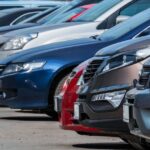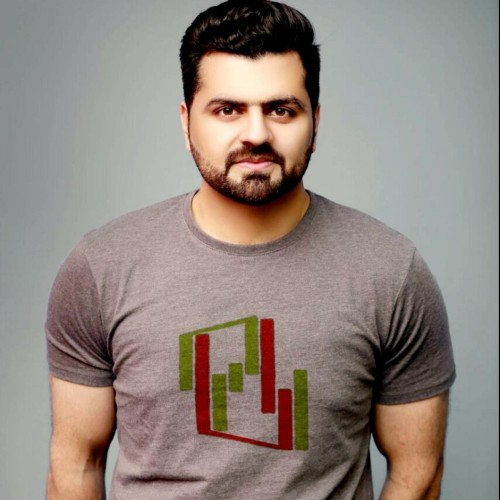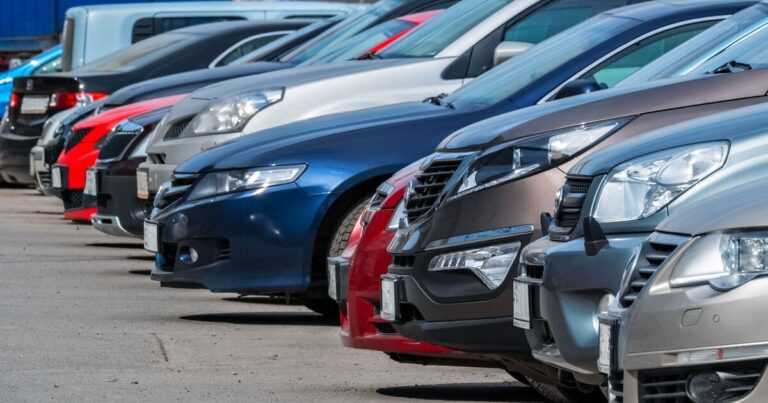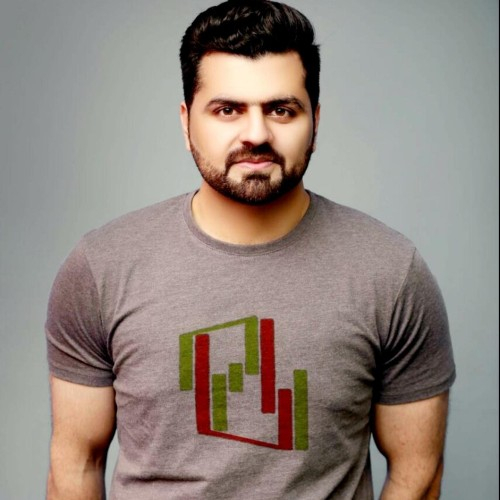Uber is truly a fascinating company. The 8-year-old firm is at once the source of strategy and business model admiration, as well as the source of a growing volley of corporate scandals and negative market reactions. The firm has wrestled with a barrage of setbacks culminating most recently with the ouster of its crestfallen co-founder and CEO, Travis Kalanick. There may yet be more trouble ahead. This time, however, for Uber’s drivers, who may face a decline in demand for their side hustling, as Uber recently announced the purchase of a fleet of 24,000 autonomous vehicles from Volvo. This purchase marks a radical point of departure in Uber’s business model, which up until now has relied on an asset-light approach, which itself carried certain risks. By owning and operating a fleet, especially one where the driver is an optional accessory, Uber is signaling its bet on an autonomous future. Its drivers, who are generally considered fractional labor, have few rights if any in protecting their interests in this transition. Of course, Uber is not alone in making this very big bet on industrial-scale autonomy, as it joins the ranks of Tesla and many others that are successfully deploying autonomous vehicles. The difficulty for Uber in making this move, is that up until now its business model was relatively benign in pooling “stranded assets” and “stranded talent” into use. These stranded assets were a combination of peoples’ downtime and under employment, or their vehicles, which often idled on the side of the road or in their garages incurring carrying costs. When your side hustle turns on you, it is certainly bittersweet and the growing risk that autonomous vehicles portend for professional or part-time drivers suggests another wave of turbulence and market adjustment in Uber’s wake. Clearly the move to autonomy will not occur overnight, but if Uber’s 8-year assent to global dominance of the ride sharing market is any guide, this move to autonomy will likely occur rather swiftly. Indeed, the company is already piloting city-scale autonomous livery in cities like Pittsburgh. The advent of driverless technology, along with Uber’s impressive public policy capabilities, means it may soon clear the regulatory and public safety hurtles that stand in the way of its next big bet. This move also continues to chip away at the lucrative logistics and package delivery market, which has long been dominated by a triopoly of FedEx, UPS and national postal services. These entrenched players are being put on notice not only by Uber’s moves into delivery of food and conveniences in key cities, but also by Amazon’s move into drone-based fulfillment and brick and mortar with the acquisition of Whole Foods Market. One of the main challenges with industrial autonomy is the question of where legal liability resides, as well as lingering ethical dilemmas. In the mature auto insurance market, for example, it is widely understood and globally mandated that the driver or owner of a vehicle carries third-party liability protection, as well as bodily injury and property damage coverage to indemnify others. When the driver is removed from this equation the line of liability is not only blurred, it is completely removed. This creates a new class of liability that many firms racing to enter the autonomous world may not fully appreciate and may come to regret. This new vicarious liability is in effect a product liability issue, whereby the owner, passenger or others who utilize a product or service must be held harmless should an issue arise. Pricing this emerging risk will of course change the economic model and the risk-reward trade off that companies like Uber, Tesla and Volvo must contend with. Sadly, as with many emerging risks of this nature, the biggest lessons and price corrections will come in the context of failures. Indeed, the global insurance industry, particularly those players operating in commodity markets such as auto insurance, should join Uber’s drivers in taking heed. Elon Musk, Tesla’s innovative CEO, has gone as far as signaling the irrelevance of auto insurance for Tesla vehicles, especially when their autonomous features are engaged, as he believes this is a better form of risk management than relying on distracted drivers behind the wheel. With these types of deep assurance moves, the line between traditional auto insurance and warranties may be erased, along with the price transparency and financial pooling power insurers have garnered over the years. Herein Uber’s less heralded breakthrough innovation of on-off usage-based insurance may serve as a guide for appropriate risk-sharing between owners, passengers and the creators of autonomous products or services. In short, when autonomous features are engaged product warranties can takeover, when they are disengaged, the owner or driver are on-risk. Of course, this toggle feature and the concept of appropriate risk-transfer in the autonomous vehicle market must not turn a blind eye to rampant cyber threats and so-called internet of things (IoT) risks, which like industrial autonomy also accelerate according to Moore’s law. Indeed, the recent revelation that Uber paid $100,000 to cyber criminals who gained access to 57 million customer records, speaks to the vulnerability of platform-based businesses and the inherent lack of trust with breach disclosure. What if this same type of exploit compromised autonomous vehicle systems or safety features? Against this backdrop, regulators, consumers and public safety officials would be wise in keeping their foot near the brakes (if brakes are still mechanical) as the pace of industrial autonomy accelerates. Indeed, the best cybersecurity and road safety investment is a well-trained driver. Uber’s move to becoming a fleet operator begins to address some of the previously observed cracks in the sharing economy. Yet as with any hardening process, new potential issues may emerge. Chief among them is the increasing vilification of one of the most essential elements of the company’s business model, namely its drivers. Part of the attractiveness of the sharing economy is that the barriers to entry are low in the pathways to monetizing otherwise underutilized or stranded assets, such as vehicles or apartments. When the driver becomes irrelevant there is an increased risk of backlash and an increased risk that the business model may also suffer. If Uber’s first 8 years are any guide, its next 8 may very well normalize driverless cars, autonomous logistics and yet to be imagined services. To unlock this future value, Dara Khosrowshahi, the newly appointed CEO in Uber’s driver’s seat, must address growing governance concerns and a trust deficit among its stakeholders.
















